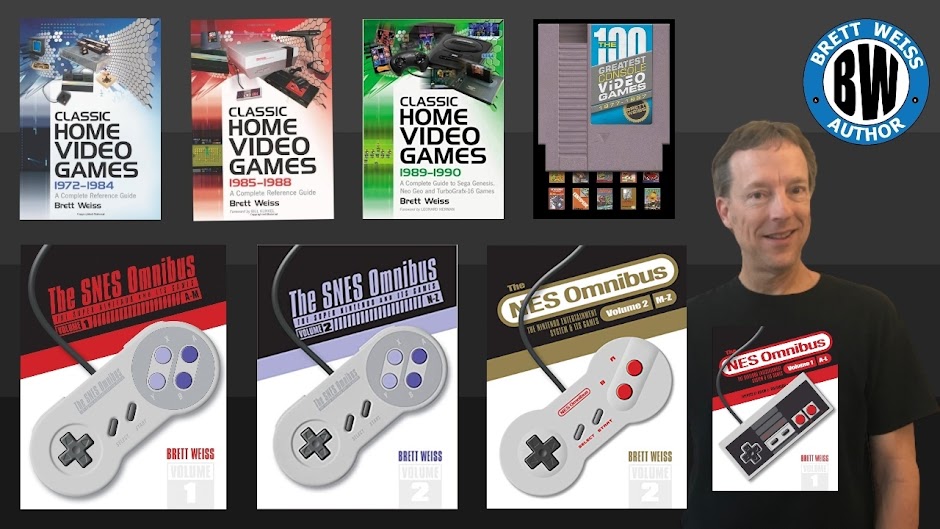Exploring the Benefits
Video games are designed to entertain, offering players worlds rich with challenges and storytelling that can truly be rewarding. The fun derived from these games is palpable, as they provide a break from the routine of daily life. For many, games are a primary source of relaxation and a temporary escape from the stresses of the real world, effectively serving as a tool for stress relief. They can also give you a confidence boost if you are good at them.
The sense of community in gaming is also significant. Many gamers find not just camaraderie but also a sense of belonging and connection through online platforms. These communities often extend beyond virtual spaces into real-life gatherings at conventions and events, celebrating the culture and advancements of the gaming world. These social gatherings highlight the cultural impact of gaming, with events like E3 (may it rest in peace) and PAX pulling in huge crowds and fostering a shared enthusiasm for new releases and technological advancements. Retro cons like PRGE, Classic Game Fest, Game On Expo, The Midwest Gaming Classic, Corgs, and too many others to mentions are some of my favorite events each year.
Moreover, the educational potential of video games can't be overlooked. Strategic games encourage critical thinking and problem-solving, while other games have educational content embedded in their design, teaching everything from history to physics to money management in a fun and interactive manner. True story: I learned to type during the 1990s by playing Mario Teaches Typing on my Mac.
Acknowledging the Hazards
However, alongside these benefits are potential hazards. The immersive nature of video games can lead to extended periods of physical inactivity, often exacerbating unhealthy lifestyles. Long hours spent gaming can contribute to a sedentary existence, which is associated with increased risks of various health issues, including obesity and cardiovascular disease.
The structure of many games also encourages lengthy sessions of play, which can interfere with normal eating habits. Snacking and on-the-go meals become commonplace, often replacing nutritious meals, which can lead to poor dietary habits. I love my fellow gamers, but even many of them will acknowledge that they would benefit from more exercise and less junk food and soda (god knows I could certainly cut down on sweets).
Moreover, the addictive qualities of video games can be concerning. The rewarding feedback loops and the continuous challenges that encourage just "one more game" can lead to excessive gaming. This prolonged engagement can interfere with daily responsibilities, sleep, and even social relationships, leading to isolation and sometimes exacerbating mental health issues such as anxiety and depression.
Finding a Healthy Balance
The key to a healthy gaming lifestyle is not necessarily moderation but making sure you are taking care of yourself and those you love. Setting and adhering to limits regarding how much time is spent gaming each day compared to other stuff can help mitigate the risk of addiction and the encroachment of gaming on essential activities and relationships. Integrating physical activity and social interactions into daily routines can help balance the sedentary nature of gaming.
Encouraging healthy gaming environments also involves parents and caregivers being actively involved in the gaming habits of younger individuals, promoting a balanced lifestyle that values physical activity and social interaction as much as virtual achievements. In short, regardless of your age, use that pause button to take walks, shoot some hoops, go visit friends, and even do some volunteer work.
Conclusion
Video gaming is a multifaceted activity with the potential to both enrich and complicate lives. Understanding both the benefits and risks associated with gaming is crucial. By actively promoting and practicing balanced gaming habits, individuals can enjoy the vast positive aspects of these virtual experiences while avoiding their pitfalls. This approach ensures that gaming remains a positive addition to life, providing entertainment, education, and community without adverse effects.
I certainly love gaming and do plenty of it, but I try to incorporate it as a part of a well-rounded lifestyle, not something that takes over my life. I did a recent video addressing this topic. You can watch it by clicking HERE.
Best of luck and happy gaming!




.jpg)






























